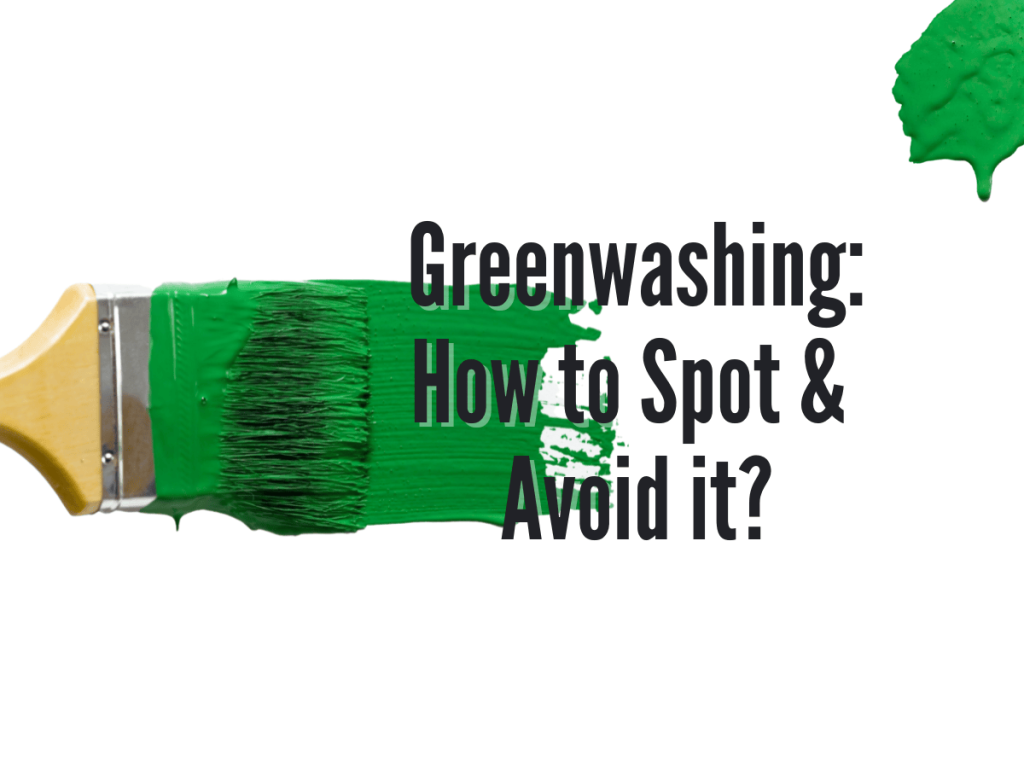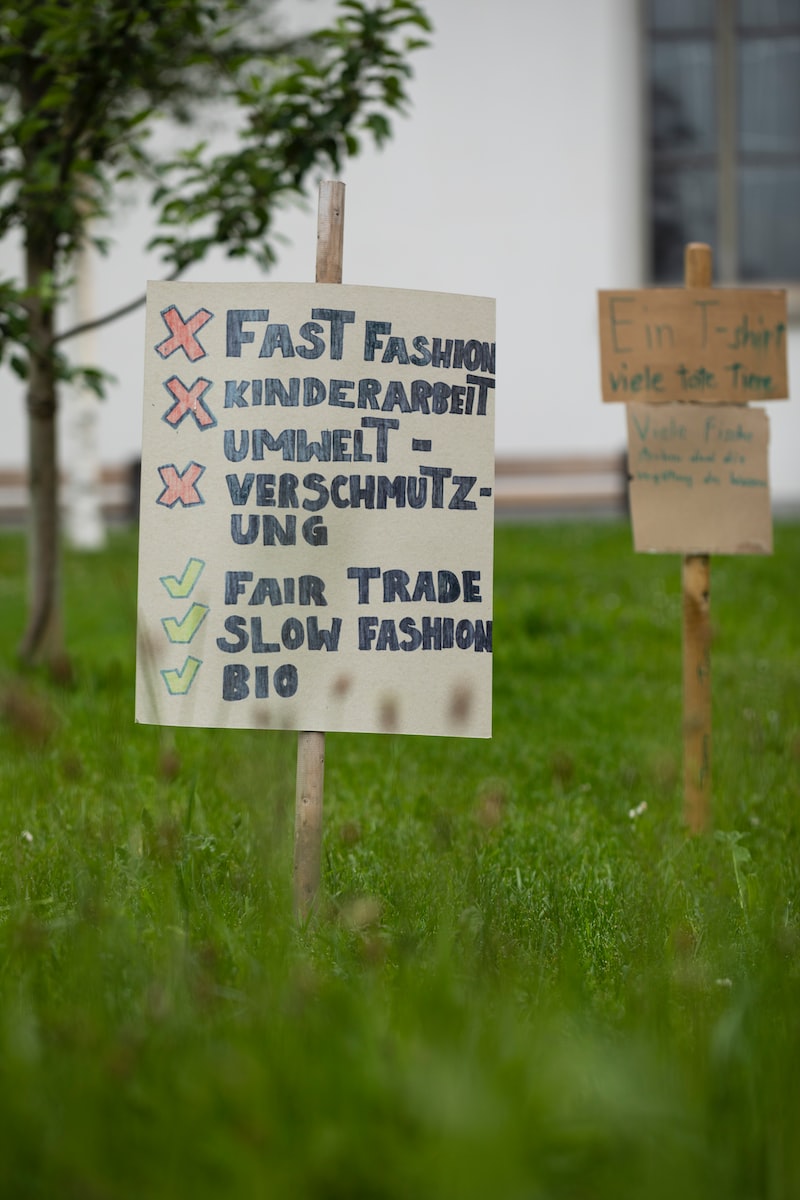What Is Greenwashing?
Greenwashing is the process of conveying a false impression or providing misleading information about how a company’s products are environmentally sound. It is essentially the practice of making brands appear more sustainable than they actually are. One of the ways they do so is by diverting the customer’s attention away from a company’s ecologically harmful record by reinforcing a minor green accomplishment. That’s why it’s not that easy to spot it and avoid greenwashing practices. Through greenwashing, they imply that they are more natural, healthier, free of chemicals, recyclable or less wasteful of natural resources than competing brands. Companies that make unsupported claims that their products are environmentally safe or provide some green benefits are engaging in greenwashing.
The term “greenwash” originated in the 1960s when the hotel industry devised one of the most infamous examples of greenwashing. Hotels placed notices in the hotel rooms asking guests to reuse their towels to save the environment. They gave the impression that they were interested in reducing their environmental impact when they were more motivated by the benefits of lower laundry costs.
Signs of Greenwashing
There are 7 common signs of greenwashing and they are as follows:
Selective Disclosure:
Companies often highlight positive environmental facts about their products while intentionally avoiding mention of the negative effects. For example, an auto manufacturer might praise a vehicle’s fuel efficiency while ignoring the environmentally destructive mining practices involved in producing its lithium batteries.
Symbolic Actions:
It is standard practice for brands to draw attention to a minor positive action that does little to change their overall environmental trace. For example, oil companies donate Dawn dish soap to clean infected animals after their own oil spills in the ocean.
Hidden Trade-Offs:
Brands may advertise a new change as green while ignoring its negative effects. For example, Starbucks introduced straw-free lids to avoid wasting plastic but it didn’t avoid greenwashing: these new lids use more plastic than before.
No Proof:
It could technically be right, but where’s the evidence? The company may make claims about its eco-friendliness without sharing certifications or other evidence to back them up. Claims like “Made with Organic Materials” hint that it is eco-friendly, but not disclosing the actual composition of the item falls under greenwashing.
Vagueness:
Brands can greenwash by making broad statements filled with buzzwords about their sustainability that are too vague to mean anything substantial. Examples include “New & Improved”, “Non-Toxic” and “Made with Biodegradable Materials”.
Irrelevance:
Companies greenwash products by making claims that are technically true but irrelevant to their environmental impact. Examples are a paper company that boasts its products contain “all-natural materials” (most paper does) or an aerosol spray advertised as “CFC-free”, when CFCs have been illegal in the US since 1978.
Meaningless Labels:
Some brands hide behind meaningless “greenspeak” that sounds impressive but does not have any official weight behind it. Examples include phrases like “Made with Natural Ingredients” instead of showing USDA organic certification or saying “Vegan Approved” instead of showing the product is PETA-certified vegan.
Examples of companies that do not avoid Greenwashing
Unfortunately, companies these days continue to practice false green claims. One of the best things we can do to avoid greenwashing is to get familiar with recent examples. Awareness of the tricks that are used can help us spot them more easily. Let’s take a look at some examples of greenwashing from the last couple of years.
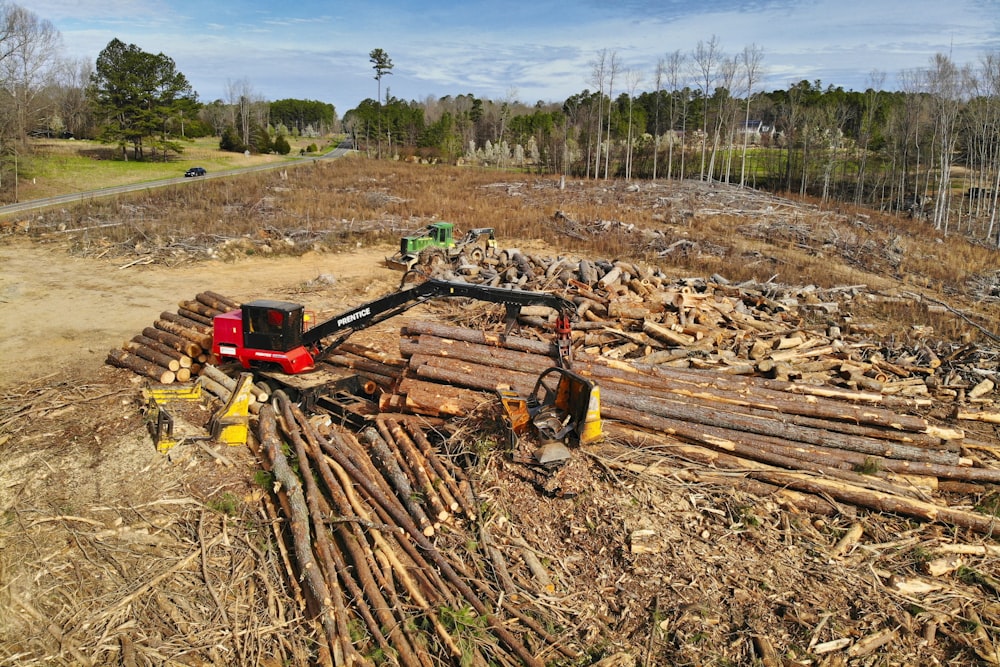
IKEA
- Year: 2020
- Who called it out: Earthsight
- Type of greenwashing: Accredited illegal logging
- Where: EU (Sweden) / Ukraine
IKEA’s sustainability reputation took a hit when the furniture retailer was linked with illegal logging in Ukraine. An investigation by Earthsight found that IKEA has been making beechwood chairs using illegally sourced wood from the forests of Ukraine’s Carpathian region, which is home to endangered beasts such as bears, lynxes, wolves and bison. A report highlighted that one of the world’s well-known forestry certification organizations “Forest Stewardship Council”, which IKEA brands its products with, failed to stop it from happening. The company’s recent statements have shown that they are far from being a sustainability leader.
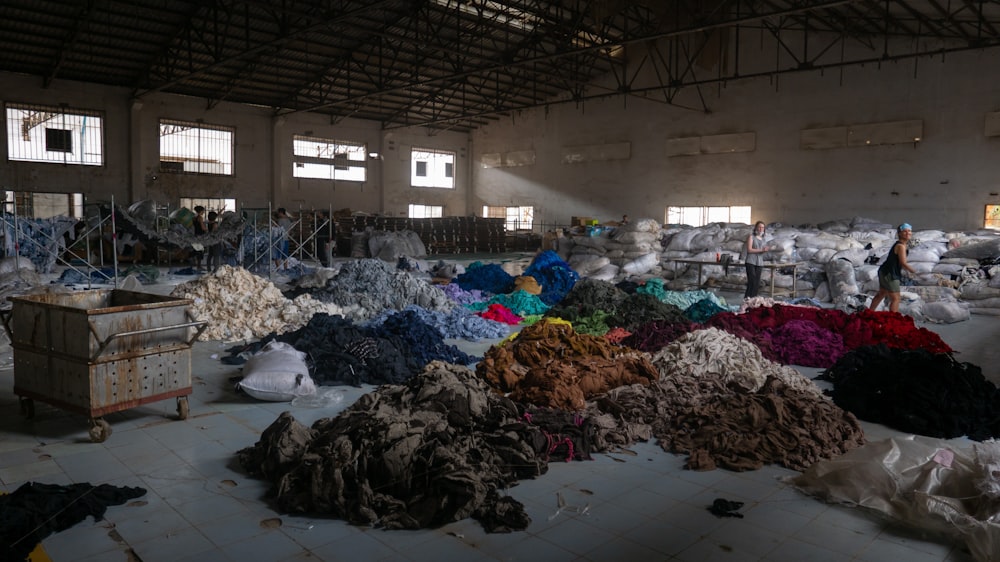
SHEIN:
Women’s & Men’s Clothes, Shop Online Fashion
- Year: 2021
- Who called it out: Reuters
- Type of greenwashing: Vagueness, Symbolic Actions
- Where: China
Shein is a brand known for its very low prices. It is the most downloaded application in the US market in 2021 and experiences a turnover of 10 billion dollars. While Shein may be known as the main online storefront for fast fashion, the company is actively trying to change its reputation. They do so by mentioning its environmentally-conscious fabric printing process, automated water and power use in warehouses and incentivized clothing recycling programs at college campuses.
However, these claims remain unsupported, and the company shows little evidence of third-party verification. By using phrases like “we do our best to source recycled fabrics,” Shein can imply good intent but has no concrete data to follow through with. Vague claims without real figures or documentation attached to them mean that Shein’s sustainability page uses many words, but produces no real sustainability impact.
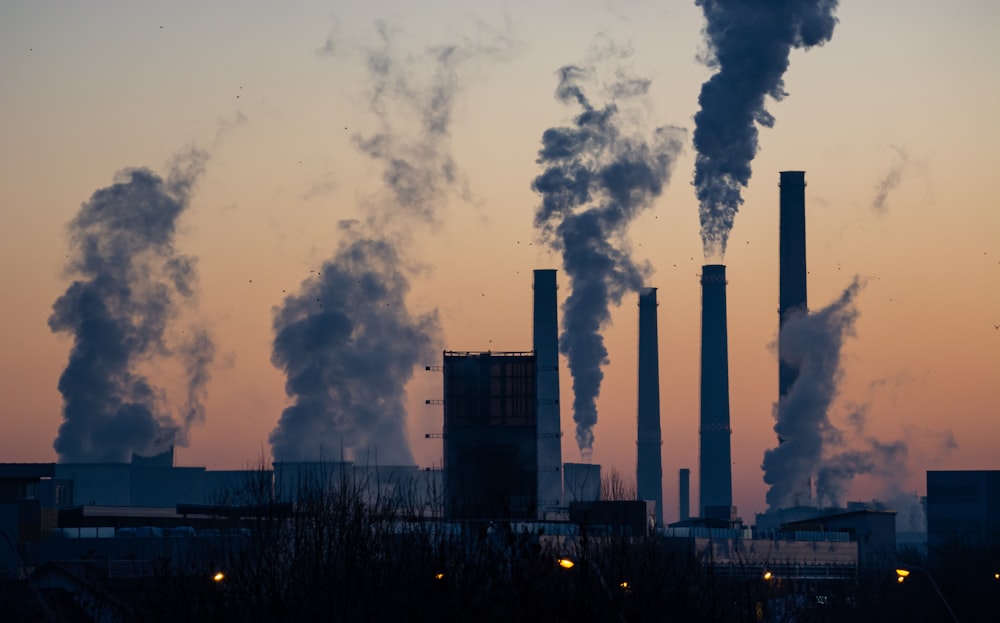
Shell
- Year: 2020
- Who called it out: The Internet
- Type of greenwashing: Gaslighting of the general public
- Where: Worldwide
Shell is responsible for around 1-2% of global CO2 emissions from its activities every year, and it continues to invest billions in oil and gas. Despite this, they conducted a poll on Twitter asking what they were “willing to change to help reduce emissions”? The poll went viral due to the wave of criticism it received, including high-profile people such as US Congresswoman Alexandra Ocasio-Cortez and climate activist Greta Thunberg. A few months later, a European court ordered Shell to reduce its carbon emissions by 45% by 2030 compared to 2019 levels.
How to Spot & Avoid Greenwashing?
Here are some ways to better prepare yourself not to get caught by false sustainable labels and avoid greenwashing next time you go shopping:
- Limit yourself to searching for products from a few national and international agencies with legitimate environmental certifications. These include USDA Certified Organic, Vegan, Energy Star Certified, and Green Seal Certified.
- Challenge yourself to look for signs of greenwashing on products you would typically buy.
- Tell your friends and family about greenwashing and help them limit their consumption of false environmental advertisements.
- Shop at local vendors or small businesses that carry products with legitimate certifications.
- Download Faircado to shop online for second-hand items.
The U.S. Federal Trade Commission (FTC) offers several illustrations of greenwashing on its website, which helps to protect consumers by enforcing laws designed to ensure a competitive, fair marketplace. The FTC offers guidelines on how to differentiate real green from greenwashed:
- Look for packaging that explains a product’s positive environmental impact in plain language without using hype phrases.
- The marketing claims should be clear on whether they refer to the packaging, the product itself, or a portion of either.
- The marketing language does not overstate or imply a more significant environmental benefit than it could deliver.
- When the product compares itself to another brand, it shows evidence to prove it.
- Seek out products with trusted third-party certifications, such as USDA-certified organic, and Carbon Trust Standard (for verified CO2 emissions).
In the long term, consider advocating for clearer marketing regulations that would ban common greenwashing practices by making companies better prove any eco-friendly claims they make. This will increase clarity between consumers and brands and help improve their environmental footprint.
Check out the Faircado magazine for more tips and tricks on how to live a more sustainable life.
